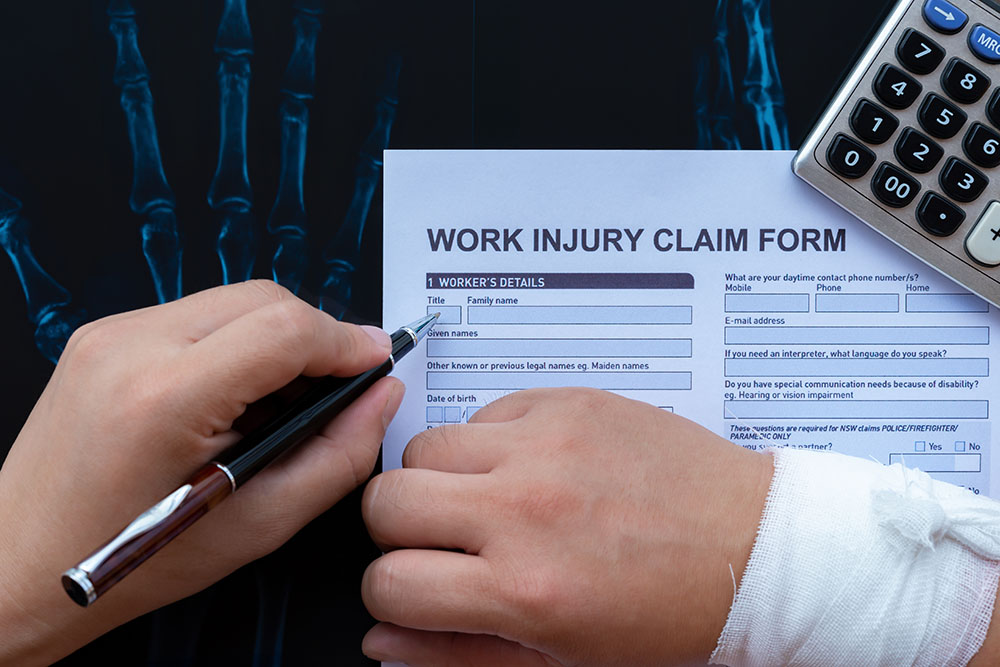Recovering from Stevens-Johnson Syndrome (SJS) can feel overwhelming at first, given its serious nature and the profound impact it has on one’s life. SJS is a rare but severe condition that predominantly affects the skin and mucous membranes. While the journey to recovery may be challenging, it’s important to know that with the right steps, it’s possible to regain a sense of normalcy and improve quality of life. Taking thoughtful, deliberate actions soon after diagnosis can make a world of difference.
Stevens-Johnson Syndrome doesn’t just affect the body physically; it can influence emotional and mental health as well. Understanding how to kickstart your recovery is crucial for building a solid foundation for healing. This involves a combination of medical care, personal support, and lifestyle changes. Let’s explore how to begin this journey step by step to maximize one’s chances of a full recovery.
Immediate Steps After Diagnosis
If you’re diagnosed with SJS, taking immediate action is essential. Here are some crucial steps to consider during the early stages of diagnosis:
– Seek Immediate Medical Attention: Once diagnosed, getting the right medical care is the top priority. Physicians may recommend hospitalization to ensure proper monitoring and management of symptoms. Hospital staff supports through treatments to control pain, prevent infections, and aid skin healing.
– Inform Family and Caregivers: Letting your family and caregivers know about your condition is important. They can offer the emotional support you need and assist in managing daily tasks to reduce stress, allowing you to focus on recovery.
– Understand and Follow Prescribed Treatments: Carefully follow all medical advice provided by your healthcare team. This includes medication regimens, recommended skincare routines, and any necessary changes in diet or daily activities. Sticking to these treatments faithfully can significantly impact your overall recovery.
Starting down this path may involve a few bumps and adjustments, but having a clear plan helps. Remember, reaching out for support and adhering to your medical treatment can lay a strong groundwork for a smoother journey ahead.
Managing Symptoms and Pain
Effectively managing symptoms and alleviating pain is a pivotal part of recovering from Stevens-Johnson Syndrome. Your healthcare provider will guide you through various treatments designed to ease discomfort and promote healing. These typically include medications aimed at reducing pain, preventing infection, and supporting skin and mucous membrane recovery.
At home, simple practices can make handling symptoms more manageable. Keeping the affected skin moisturized and using cool compresses can help soothe irritation. Wearing loose, cotton clothing helps prevent further irritation. Resting as much as needed aids the body in focusing its resources on recovery. Additionally, staying hydrated by drinking plenty of fluids supports the body’s healing processes.
Regular follow-up appointments with your healthcare provider are incredibly important. These visits allow doctors to monitor your progress and make necessary adjustments to your recovery plan, ensuring that you’re on the best path to healing.
Support Systems and Resources
Having access to a strong support system can have a profound effect on your recovery journey. This includes both emotional and practical support. Finding support groups where you can connect with others who have experienced SJS provides a valuable outlet for sharing experiences and advice. Listening and talking to people who understand what you’re going through can significantly ease feelings of isolation.
In Wilmington, NC, there are local community resources geared towards helping individuals and families facing medical challenges. Accessing these resources can provide you with counseling services, support group information, and other assistance designed to ease your path to recovery. Reaching out to organizations specializing in SJS offers guidance and support tailored to your specific needs.
Long-Term Care and Monitoring
Continuing long-term care and monitoring is crucial for managing Stevens-Johnson Syndrome. Regular medical check-ups are important to track your progress and address any new issues that may arise. Adapting your lifestyle and diet can also contribute to better overall health and prevent potential complications.
It’s important to remain vigilant for any signs of recurrence or complications and seek medical advice when needed. Keeping in close touch with your healthcare provider ensures that you are on the best possible path to recovery.
Taking Control of Your Recovery Journey
Taking an active role in your recovery empowers you and builds confidence in overcoming Stevens-Johnson Syndrome. Embracing self-care, communicating openly with your healthcare providers, and advocating for yourself through each step is crucial. Setting realistic recovery goals, like improving mobility or managing pain more effectively, helps measure progress and maintain motivation.
Staying positive and proactive in your journey encourages resilience. Each small victory contributes to a larger sense of well-being, paving the way for a robust recovery. By actively engaging in your healing process, you take control and set yourself on a path to reclaiming your health and life.
Recovering from Stevens-Johnson Syndrome is a challenging journey, but you don’t have to do it alone. Greg Jones Law, P.A. is here to support your SJS recovery. Let us help you navigate the complexities and secure the assistance you need. For more information, explore our dedicated resources on SJS Recovery.




